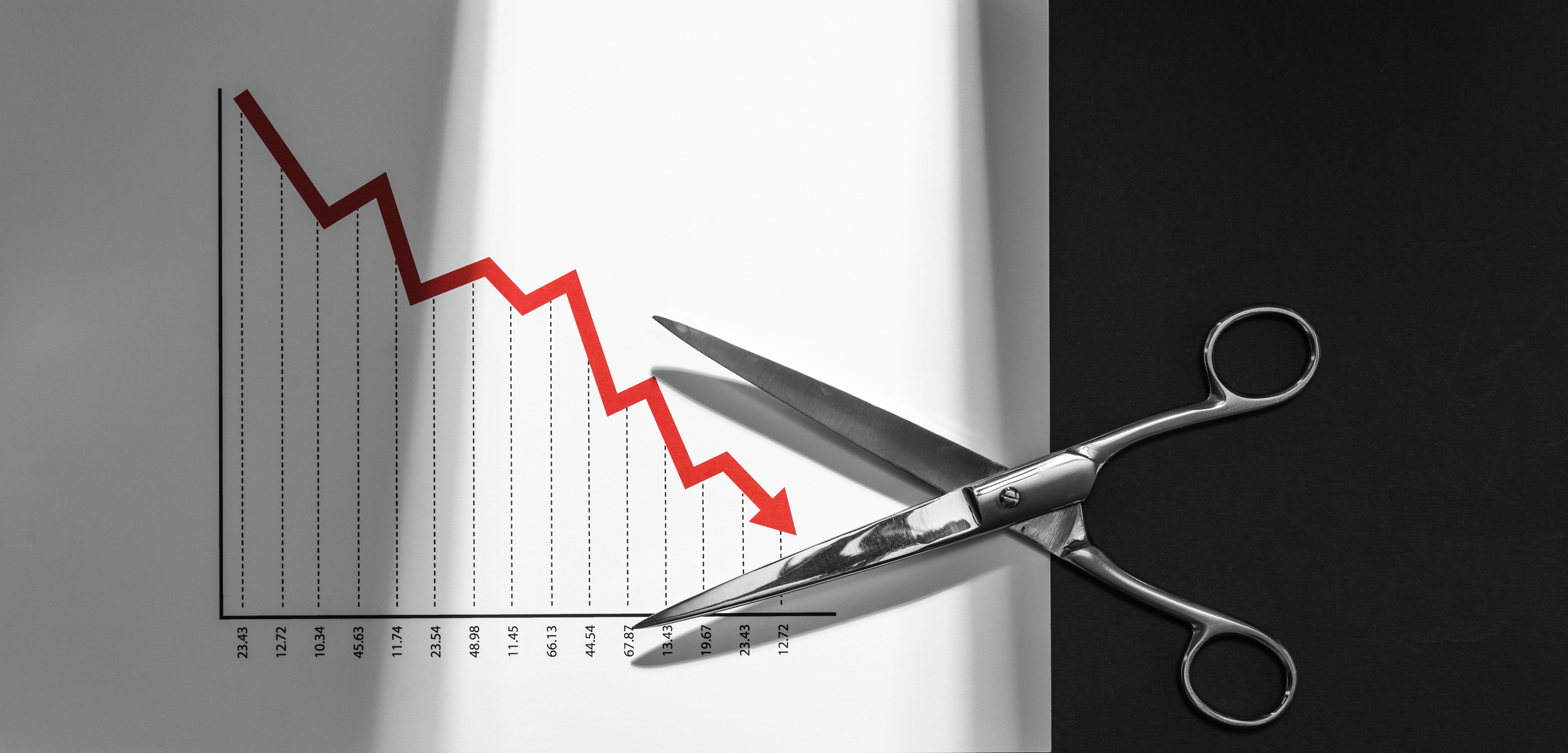State school officials recently announced results on the 2019 National Assessment of Educational Progress (NAEP). The NAEP, called the “nation’s report card,” is administered every two years, and considered the gold standard of testing. The new 2019 NAEP results for Washington state show fourth and eighth grade math and reading scores are lower than 2017 results. The gap between the highest and lowest performers has grown even wider. Washington’s highest education official, Superintendent Chris Reykdal, responded to these new scores by telling The Seattle Times that the poverty of students explains the failure of the schools to teach. Reykdal said:
“differences in socioeconomic status among students may offer some explanation….” and “there’s this very clear, unmistakable trend of serving our students with a lot of resources effectively, and students with not a lot of resources with significant gaps.”
Fortunately, there is a bright spot in this dark picture. Washington’s nine charter schools, where 60 percent of students are low-income, minority children, are an exception to this downward trend. Charter school leaders reject the idea that student poverty excuses school failure. Instead, the flexibility of the charter school model allows educators to design rigorous, high-quality schools for their students. Another positive influence in charter schools are parents, who are naturally eager to support the work of the school they have voluntarily chosen for their child. This combination of flexibility for educators and school choice for parents is improving the academic learning of low-income students in our state.
For example, Rainier Prep Charter School is a middle school serving 340 students in south Seattle. At Rainier Prep, 75 percent of students come from low-income families; 40 percent are African-American and 38 percent are Hispanic. Rainier Prep was founded and is led by a strong principal, Maggie O’Sullivan. Her teachers have Rainier Prep students passing state tests at significantly higher rates than their peers in traditional schools. Look at this graph:

Rainier Prep’s impressive results are not isolated.
Washington also has three Summit Charter Schools, a network of high schools ranked by U.S. News and World Report as among the best in the nation. Last spring Summit Sierra in Seattle and Summit Olympus in Tacoma graduated their first classes of students, the first students to graduate from a charter school in state history. Four years of hard work paid off when 98% of Summit Sierra’s seniors and 100 percent of Summit Olympus’ seniors were accepted to college. Compare Summit’s numbers to the performance of Seattle Public Schools, where last year 28 percent of low-income students dropped out of high school.
On the eastern side of the mountains, public charter schools are also delivering strong results for low-income students. At Spokane International Charter School, for example, despite their family’s circumstances, students passed reading and math tests at higher rates than their peers in traditional schools.
What do we learn from this data?
The data show offering parents access to public charter schools means more academic success for their children. The data also show the poverty of families is no excuse for the failure of schools to teach.





